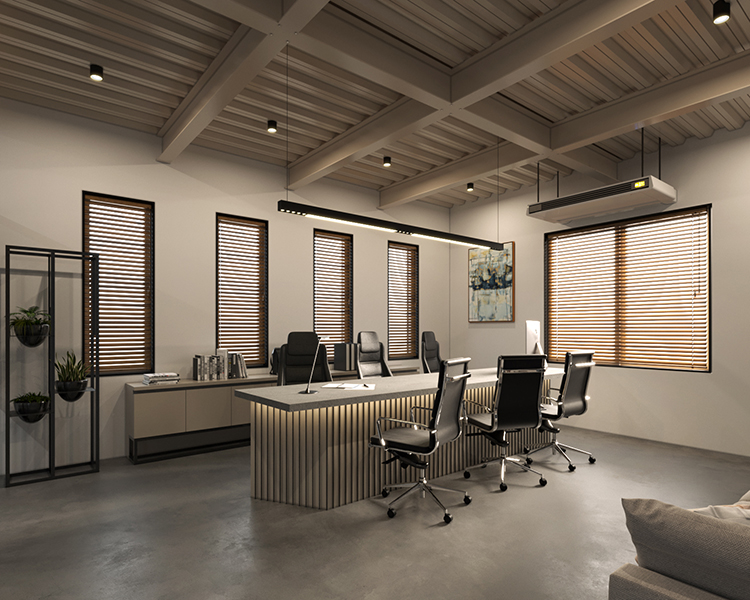In the competitive world of real estate, making your property stand out is crucial to securing a fast sale and maximizing its value. Home staging, whether virtual or real, has become a powerful tool in showcasing a property’s potential to prospective buyers. However, with advancements in technology, the debate between virtual vs. real staging continues to grow. Which method is more effective for enhancing your property and attracting buyers? Let’s explore both options in detail.
What is Real Staging?
Definition and Benefits of Real Staging
Real staging involves physically decorating and arranging furniture in a property to make it more appealing to buyers. Professional stagers use furniture, artwork, and other decorative elements to create a lived-in look that allows potential buyers to visualize themselves in the space.
Benefits:
- Tangible Appeal: Buyers can physically walk through the space, sit on the furniture, and feel the ambiance firsthand.
- Emotional Connection: Real staging helps create a warm, inviting atmosphere that may evoke emotions, increasing a buyer’s likelihood to make an offer.
- Professional Presentation: With expert decorators, properties are shown in their best light, often highlighting architectural features and spatial potential.
The Drawbacks of Real Staging
While real staging has its strengths, it also comes with some downsides:
- Cost: Hiring a staging company can be expensive. Costs often range between $2,000 and $5,000, depending on the property’s size.
- Logistics: Moving in and out furniture and decor can take time and effort, and if a property sits on the market too long, staging fees can add up.
- Limited Flexibility: If the staging doesn’t align with a buyer’s tastes, it may even deter them from making an offer.
What is Virtual Staging?
Definition and Benefits of Virtual Staging
Virtual staging, on the other hand, involves adding digital furniture and decor to photos of empty or poorly furnished rooms. Using 3D technology and design software, virtual staging offers a cost-effective and quick way to enhance the appearance of a property.
Benefits:
- Cost-Effective: Virtual staging is much more affordable than real staging, typically costing between $100 and $400 per room.
- Faster Turnaround: Virtual staging can be done in a matter of hours, making it perfect for properties that need to be listed quickly.
- Flexible Designs: You can easily change the style, color scheme, or layout of a room to suit different buyer preferences.
The Drawbacks of Virtual Staging
While virtual staging offers flexibility and savings, it has its limitations:
- No Physical Experience: Buyers cannot interact with the space physically, which may make it harder for them to form an emotional connection.
- Digital Deception: Over-editing or using unrealistic furniture can lead to disappointment during in-person viewings, as the property may not look as good as in the staged photos.
- Limited to Online Platforms: Virtual staging only affects how a property looks online, whereas real staging enhances the experience of both online listings and in-person tours.
Comparing Virtual and Real Staging
Cost and ROI
Virtual staging is significantly more cost-effective than real staging. While real staging can range from $2,000 to $5,000, virtual staging costs only a fraction of that. Both methods have been shown to increase the sale price of a property, but virtual staging offers a higher ROI due to its lower upfront costs.
Time and Convenience
Virtual staging has the upper hand when it comes to speed and convenience. With real staging, arranging furniture and decor can take days, whereas virtual staging can be completed in hours. For sellers who are under time pressure, virtual staging allows for quicker listings.
Buyer Appeal
Real staging has a distinct advantage when it comes to creating an emotional connection. Buyers can walk through the space and envision themselves living there, a critical factor in decision-making. However, with high-quality virtual staging, buyers can still be captivated by beautifully designed digital rooms, especially during the initial online search.
Which Is Right for You?
Choosing Based on Property Type
The type of property you are selling plays a significant role in determining which method of staging is more suitable.
- Luxury Homes: For high-end properties, real staging may be worth the investment to create a lavish, in-person experience that wows potential buyers.
- Vacant or Rental Properties: Virtual staging is an excellent option for empty homes or rental properties that need to be showcased online without the hassle of furnishing them.
Market and Buyer Demographics
If your target market consists of younger, tech-savvy buyers, virtual staging may be more effective, as they are more likely to search for properties online. For older buyers who prefer a physical walkthrough, real staging might create a better impact.
Conclusion
Both virtual and real staging have their merits when it comes to enhancing your property. The choice between them largely depends on your budget, timeline, and target audience. Real staging can create a powerful, in-person emotional connection, while virtual staging offers flexibility, speed, and cost-effectiveness, especially for online marketing. To maximize your property’s appeal, consider combining both approaches—using virtual staging for online listings and real staging for open houses.
For more insights on 3D rendering and design, check out Our Site: The Crow Studio Contact our expert for our services





